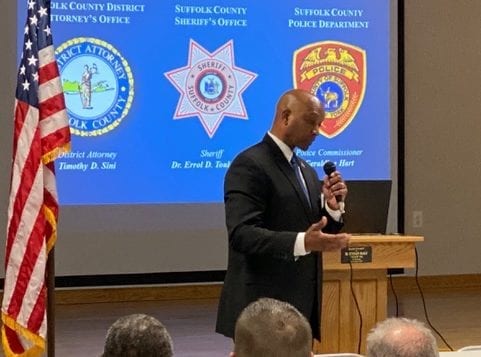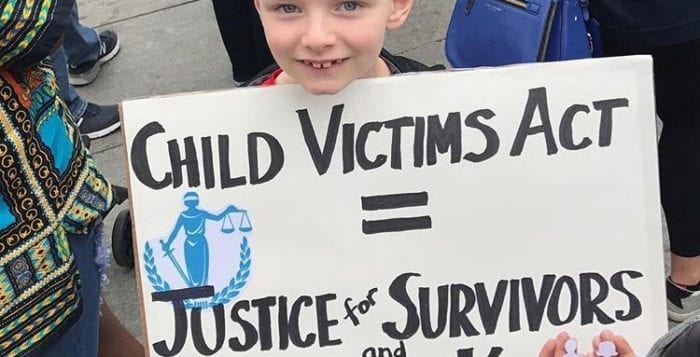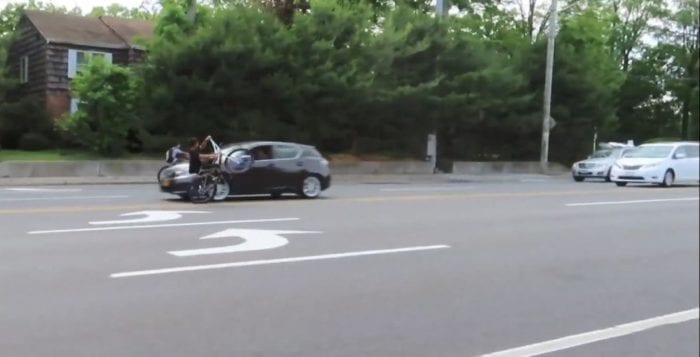The opioid epidemic is so expansive that it seems impossible that one individual can end the overdoses and deaths and the related crimes. But even in the smallest municipalities — the villages, fire districts, school districts, people have the opportunity to institute real change.
On Sept. 26, members of the Suffolk County Village Officials Organization met to hear from the district attorney, the police commissioner and the sheriff about the current state of the opioid crisis. Presenters reviewed a wide range of resources and programs available in the county, but also emphasized that we all need to think outside the box to collectively address the explosion of narcotic drug use, which has also led to a local increase in illegal gun crimes and sex trafficking.
Village officials should hold public information sessions on what was learned at this meeting and create committees comprised of residents committed to help. People need to be better informed. In turn, other community leaders can invite speakers into local schools and religious centers to speak on the topic.
The facts are alarming.
In 2018, Suffolk police launched a sex trafficking investigation unit that has identified and interviewed over 200 local sex trafficking victims. County leaders say that the people behind these crimes exploit the young women by making them dependent upon opioids and demanding repayment through sex. Instead of calling it prostitution, law enforcement prefers that people now refer to these crimes as sex trafficking, and a modern day form of slavery.
An increase in narcotics-related, court-authorized surveillance in the county through search warrant and phone-line eavesdropping has translated into a 49 percent increase in illegal handgun seizures and a doubling of illegal shotgun seizures.
If you are an elected official in one of these villages, also consider opening a line of communication on the topic with residents. Submissions can be anonymous.
The county has outlined as its goals for the explosion of narcotic use and related crimes: prevention, treatment and recovery. Whatever your ideas are to better accomplish this, please let it become more widely known with your local elected officials, who can convey this to other branches of government. As a news publication, we also welcome your input.
Since 2013, an estimated 2,109 people have died of an opioid overdose in the county, according to its statistics. That toll would be higher, but thankfully Narcan, the opioid overdose antidote, is credited with saving lives and has reversed 599 overdoses so far in 2019.
Clearly, though, there still is ongoing, nightmarish trouble stemming from prescription pain killers and illicit opioid addictions. Action is needed.
For help, people can call these emergency numbers:
Suffolk County Substance Abuse Hotline: 631-979-1700
Suffolk County Police Department Crime Stoppers and Drug Activity Hotline: 631-852-NARC (6272). Messages can also be sent as a text to “TIP SUFFOLK” at 888-777, but investigators prefer the open dialogue of a telephone call. All calls are confidential.














